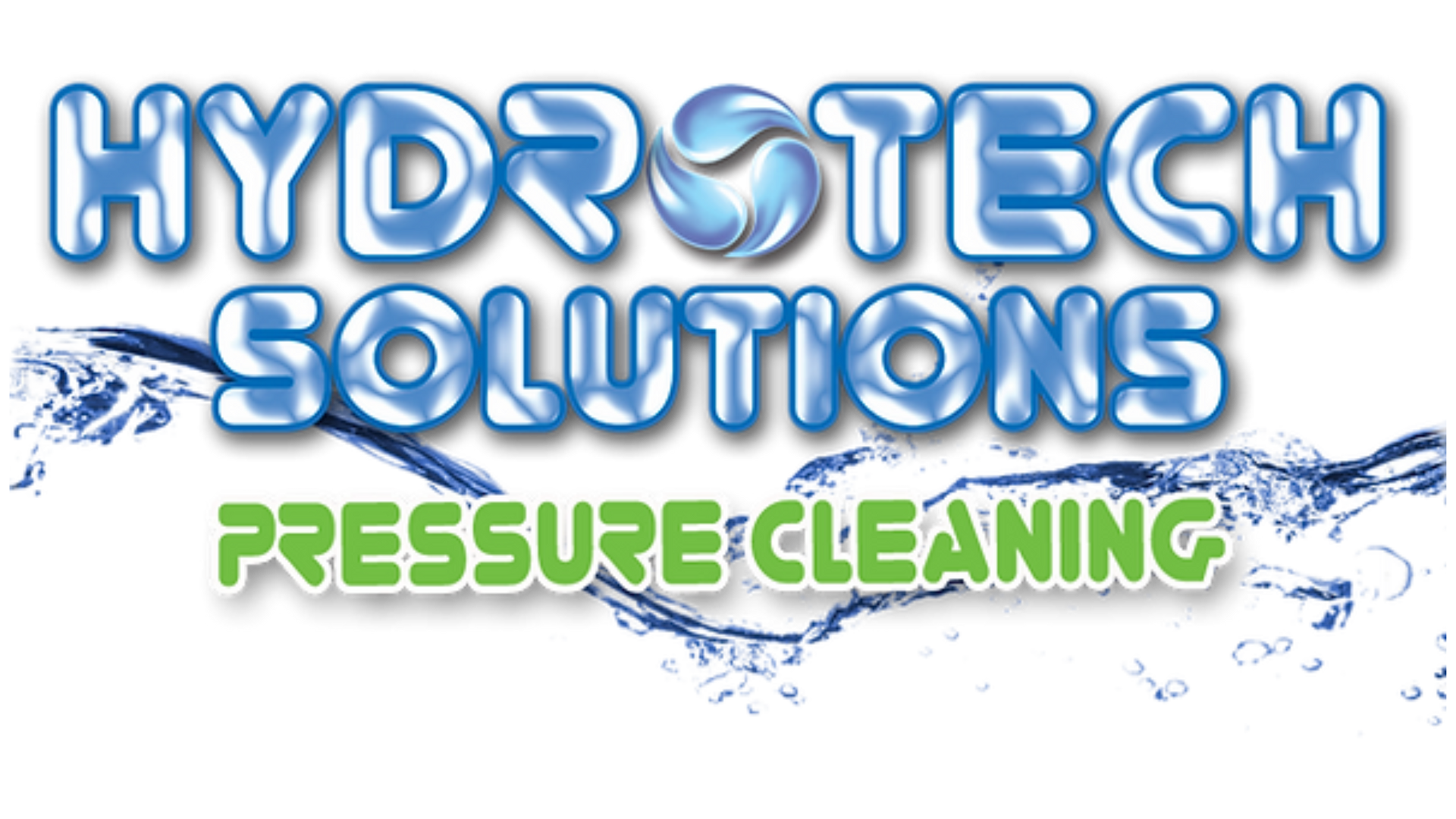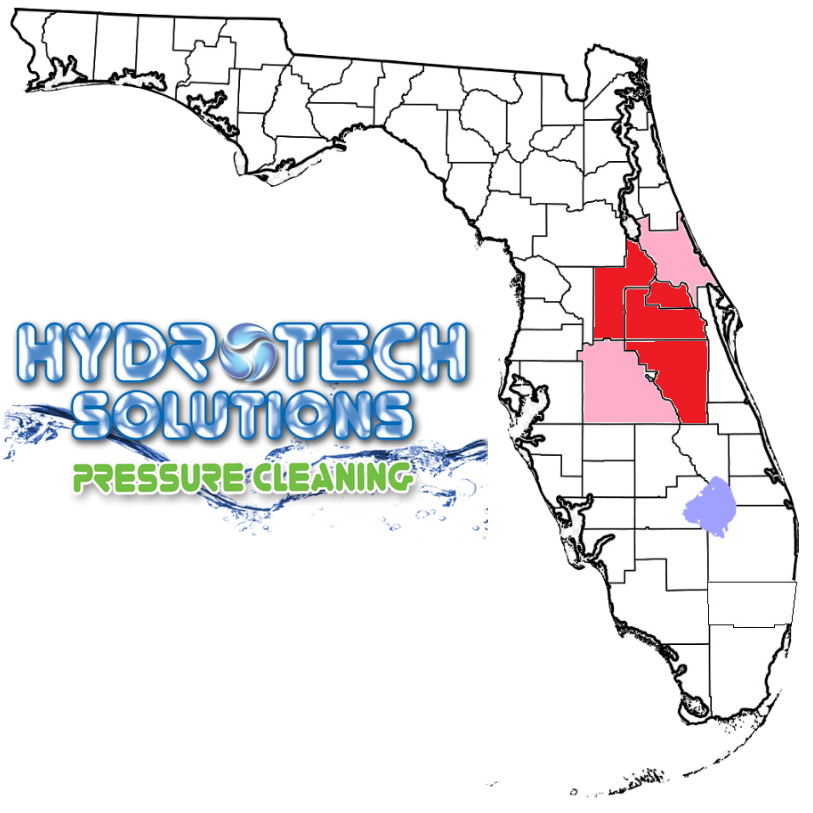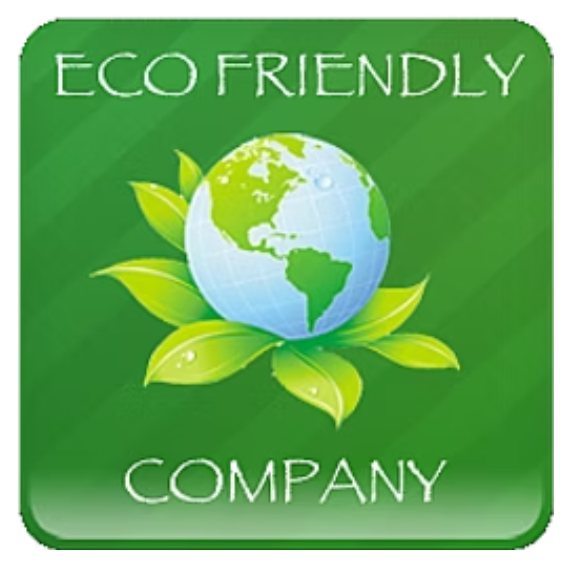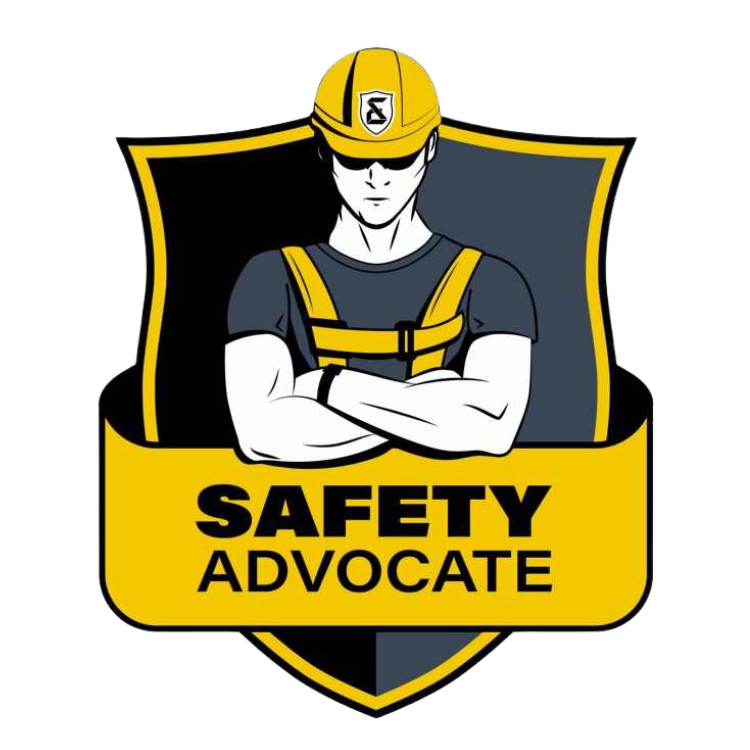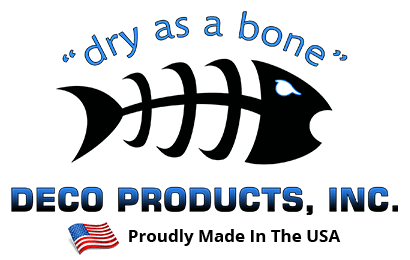Frequently Asked Questions: Your Hydrotech Solutions Guide
Discover detailed information about our services and how we ensure your satisfaction.
Your Questions Answered: Hydrotech Solutions FAQ
At Hydroclean Solutions, we know you want the best for your home or business. Pressure washing can seem straightforward, but there’s a lot to consider—safety, cleaning methods, and environmental impact. As PWNA-certified contractors, we are proud to uphold the highest industry standards for safety, quality, and professionalism.
Explore our FAQs below to learn more about our eco-friendly power washing services, the products we use, and how we prioritize your home's well-being. Whether you’re curious about the cleaning agents we use, how we protect your landscaping, or the risks of harsh chemicals, we’ve got you covered. Let’s clear up any questions and show you why Hydroclean Solutions is the trusted choice for eco-friendly pressure washing.
Do I need to be home during the pressure cleaning?
You have a busy life and can't always be home. That's okay! You don't need to be present during our pressure cleaning service. Just make sure your windows are closed and remove any fragile items from your home's exterior. We'll handle the rest, so you return to a clean, refreshed property without any worries.
What cleaning agents does Hydroclean Solutions use?
You're concerned about safety and the environment. We use eco-friendly cleaning solutions that are tough on grime but gentle on your surroundings. Our detergents effectively remove dirt, mold, and algae without harming your plants, pets, or family.
What cleaning agents do other contractors use?
You might wonder what chemicals are commonly used in pressure washing. Some contractors use cleaning agents containing sodium hypochlorite (bleach) mixed with substances like trisodium phosphate (TSP). These harsh chemicals can damage your landscaping and pose risks to your health.
How can I tell if a contractor is using bleach?
You want to make informed choices about who works on your home. If a contractor mentions using sodium hypochlorite, SH, or says they'll cover or soak your plants to protect them, they may be using bleach-based solutions. Don't hesitate to ask them directly about the products they use.
How does bleach damage landscaping?
You value your garden and outdoor spaces. Bleach can harm plants by breaking down their protective layers, leading to wilting or death. Runoff from bleach-based cleaning can seep into the soil, affecting your lawn and garden's health. Our eco-friendly methods avoid these issues, keeping your landscape vibrant.
What causes most roof stains?
You're noticing dark stains on your roof and want to know why. Algae, lichens, and moss feed on the organic materials in roofing shingles, causing discoloration and damage over time. Addressing these growths helps maintain your roof's appearance and extends its lifespan.
What is algae?
You're curious about the streaks on your roof. Algae are organisms that thrive on moisture and nutrients found on roof surfaces. They cause stains and can absorb heat, increasing your cooling costs. Removing algae improves your home's energy efficiency and curb appeal.
What is moss?
You're concerned about green patches on your roof. Moss is a plant that holds moisture against roofing materials, which can lead to leaks or structural damage. Cleaning off moss protects your roof and prevents costly repairs down the line.
What are lichens?
You're seeing crusty growths on your roof and wonder what they are. Lichens are a combination of fungi and algae that attach firmly to surfaces. They can be tough to remove and may damage roofing materials over time. Early treatment is key to preserving your roof.
Do harsh cleaning methods harm my roof?
You want your roof cleaned without causing harm. Some cleaning methods using strong chemicals offer only temporary results and can damage your roof and surrounding areas. We use safe, effective techniques that clean thoroughly while protecting your property.
Are there health issues related to my roof?
You're mindful of your family's health. Mold, algae, and other organisms on your roof can release spores that enter your home, affecting indoor air quality. Regular cleaning helps reduce these risks, keeping your living space healthier.
Aren't all pressure cleaning companies the same?
You might think any company can handle pressure washing. But experience and care make a difference. Improper use of equipment can cause damage. At Hydroclean Solutions, our PWNA-certified team uses the right tools and methods to clean safely and effectively, giving you peace of mind.
Still have a question?
If you don't see your question here, feel free to contact us—we're always ready to help.. For safe, eco-friendly pressure washing services, contact Hydroclean Solutions today. Let's work together to keep your property looking its best!
